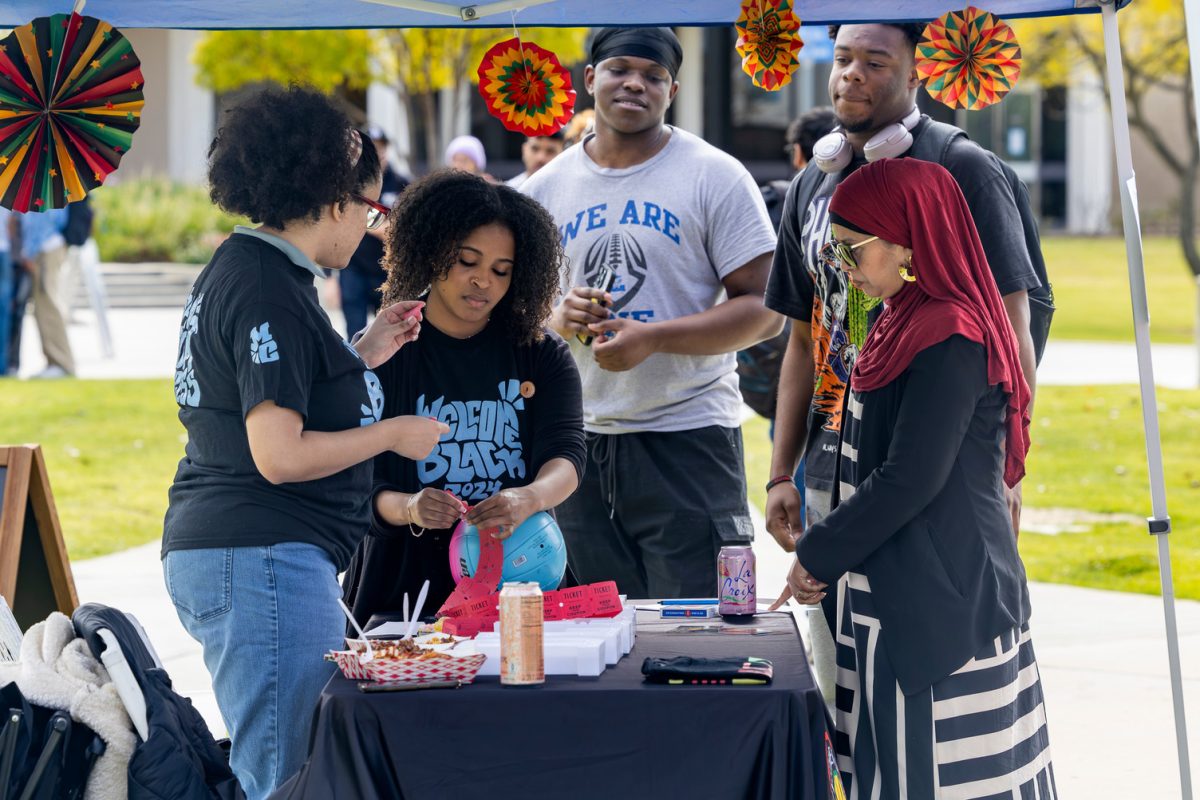After several hours sitting in front of a computer, papers strewn around you, numbers highlighted, grade point average calculated, you’re finally done. You hit the submit button. You are finally done.
Your applications are whisked away to be analyzed and combed over tooth and nail by faceless higher-up to determine your future.
But then a flurry of questions comes up with an intake of breath; what do I do next?
Applications have been sent off to CSUs and UCs of student’s choice, but there are more steps required to complete their transfer quest, and with universities tightening their belts this year, it is important to complete each step on time.
“With the space as tight as it’s going to be, campuses are going to be brutal,” said Scott Hagg, the director of admissions and Humboldt State University. “We cannot exceed our target, so campuses are looking hard and close.”
When applying to a CSU, students must send in their transcripts as soon as possible.
Right after their applications are submitted, students should head to their community college admissions and records office and request to have their transcripts sent to the CSUs before the end of the fall semester.
However, at the end of the fall semester, UCs request that you update your grades online.
As far as housing, CSUs require students to apply as soon as possible as well because housing is first come, first serve and there are deposits required.
Students apply for housing at the UCs after their admittance.CSUs and UCs do have one thing in common: The FAFSA.
The FAFSA is the Free Application for Federal Student Aid that is available online for students to fill out. FAFSA applications for the 2009-2010 school year are accepted starting Jan. 1 and should be turned in by March 2 to qualify for all available student aid.
FAFSA applications for the 2009-10 school year are accepted starting Jan. 1 and should be turned in by March 2.
“It allows you to be eligible for everything you can,” said University of California Santa Barbara Transfer Admissions Counselor Elroy Pinks. “After March 2, Cal Grants and Pell Grants disappear.”
When the time comes that universities are beginning to offer students admittance, students can accept or decline the offers online through an account the colleges will give you through email.
Students should also begin to search for money through their new university’s scholarship office.Students should contact the department heads for the major they are going to pursue and ask if there are any specific scholarships that the department hands out.
“Doing that search broadens the sense of what you’re looking for,” said Pinks.
Both CSUs and UCs require that you send in your transcripts after the spring semester.
Both Judi Gould Moorpark College Career Transfer Center Coordinator and Humboldt’s Hagg recommend is for students to have a professional email that they frequently check.
Also, an email address could be enough to get you taken out of the running.
“Pay attention to what they send you because they’re going to tell you what to do,” said Gould.
Students should be prepared to check in with their respective campuses.
“Expect that the campuses are going to be strict with deadlines,” said Hagg.
“Be patient. Students just really need to be communicating with the school they want to attend.”






